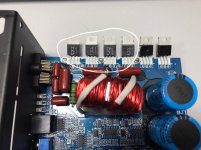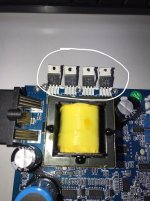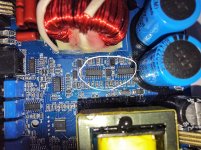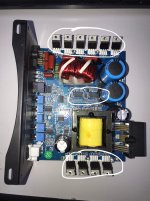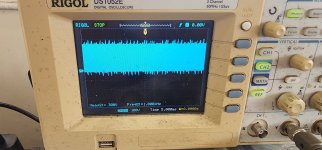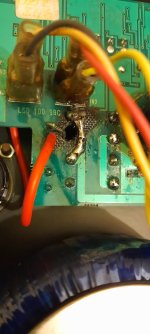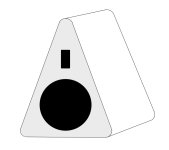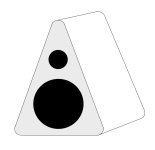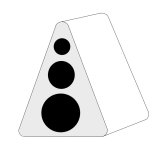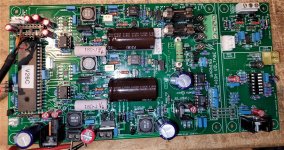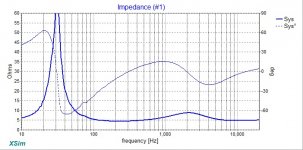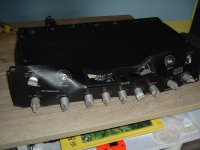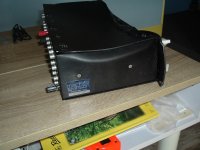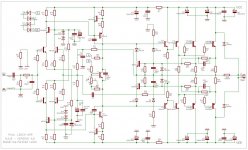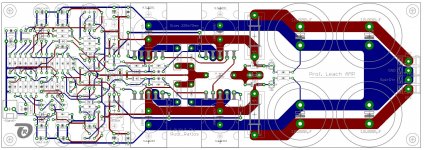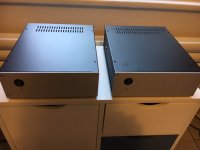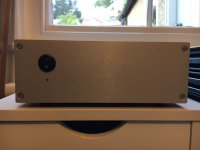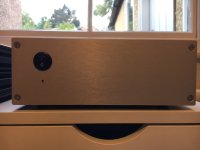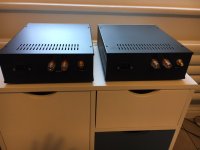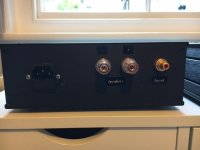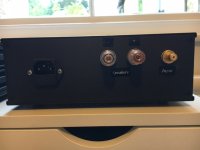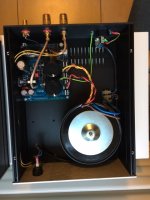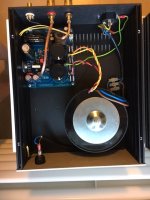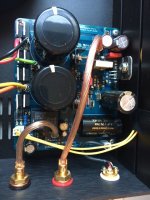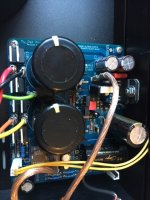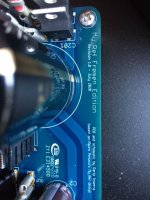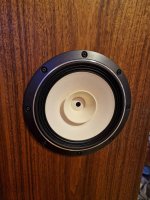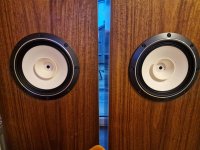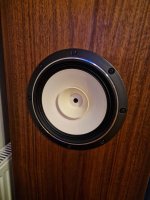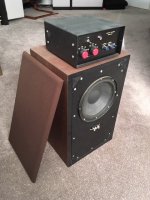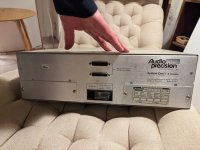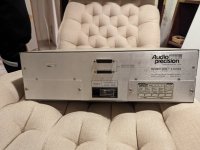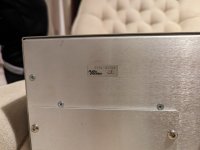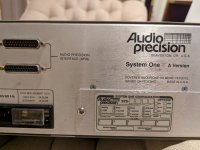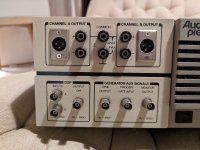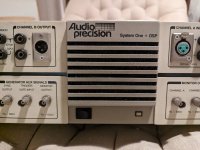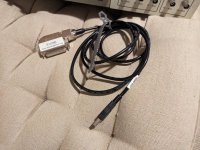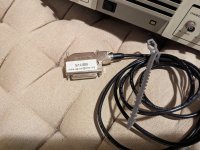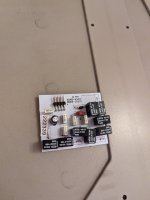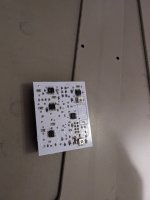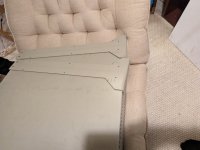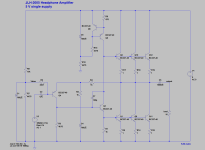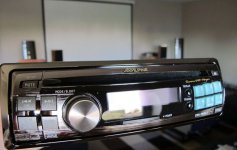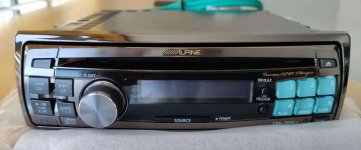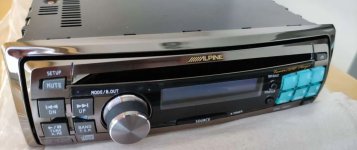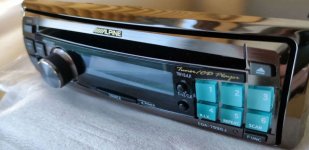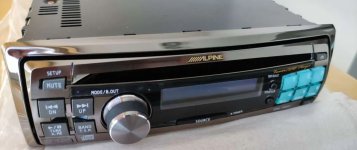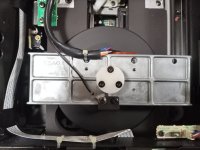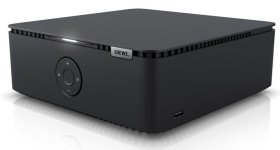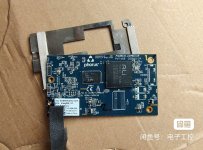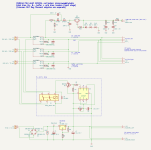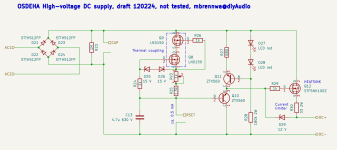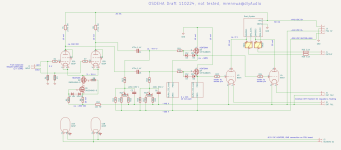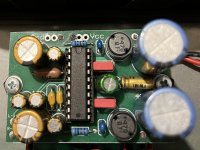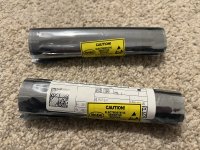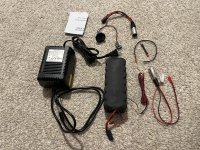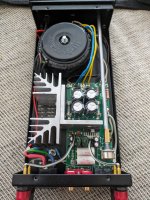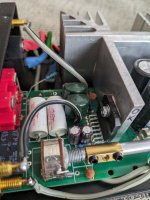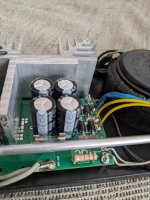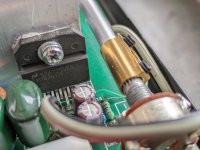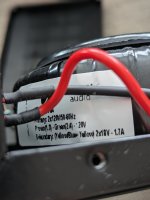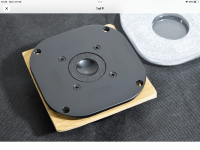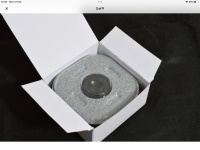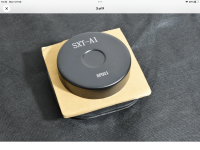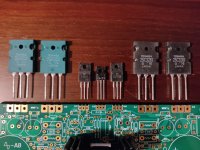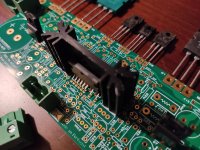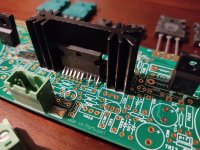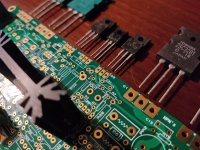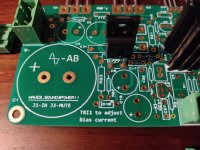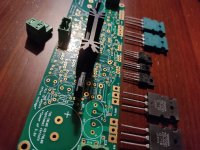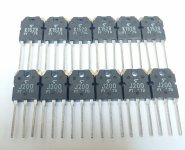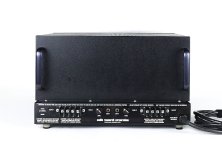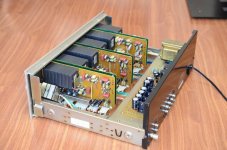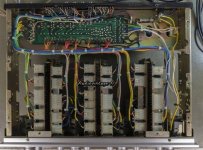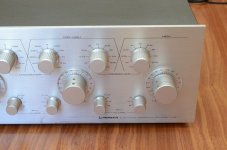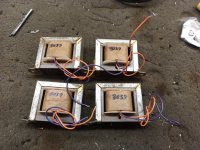-
Locked
EV charging insulation transformer problem
- By marconi118
- Power Supplies
- 23 Replies
it is out of audio topic but maybe some electrician expert can help me.
I live on Germany here we have 3 phase power star with center neutral to ground,each phase to neutral 230v and phase to phase 400v. max allowed current per phase 20A
unfortunately I have an electric car that can charge 7kw 230v 32A monophase no 3 phase
I could slavage 2 toroidal transformer 230v 230v 7kVA from solar inverter.
so I wired primaries in series connected to phase 1 and pase 2 they receive 400v, 200v each primary up to 20A
secondaries are in parallel they provide 200v up to 40A
electric car charges fine up to 24A but more than. that it stops because the voltage gore below 190v (sag from cables and toroids)
I am fine with that and at 24A all works fine.
To avoid the undervoltage cut off I added a third transformer at the secondaries of the 2 big toroids to increase the voltage from 200 to 220v
it is a 1KVA EI transformer 230v 24v 40A connected as autotransformer.
I get 220v the car charges up to 20A but if I increase the amps then the loading cable device (the one that tells to the car ar what amps it has to charge) makes a reset, screen goes dark and more strangely after a few seconds the 20A circuit braker at the primary (400v) side, trips. I reproduced this 3 times.
I suppose that maybe the loading cable device RCD senses a loss to ground, my EI transformer was lying on moist soil, I could understand a reset of three charging device
but why is the circuit brakes tripping?
hos is it possible that more than 20A are flowing for an instant? peak overcurrent?
I live on Germany here we have 3 phase power star with center neutral to ground,each phase to neutral 230v and phase to phase 400v. max allowed current per phase 20A
unfortunately I have an electric car that can charge 7kw 230v 32A monophase no 3 phase
I could slavage 2 toroidal transformer 230v 230v 7kVA from solar inverter.
so I wired primaries in series connected to phase 1 and pase 2 they receive 400v, 200v each primary up to 20A
secondaries are in parallel they provide 200v up to 40A
electric car charges fine up to 24A but more than. that it stops because the voltage gore below 190v (sag from cables and toroids)
I am fine with that and at 24A all works fine.
To avoid the undervoltage cut off I added a third transformer at the secondaries of the 2 big toroids to increase the voltage from 200 to 220v
it is a 1KVA EI transformer 230v 24v 40A connected as autotransformer.
I get 220v the car charges up to 20A but if I increase the amps then the loading cable device (the one that tells to the car ar what amps it has to charge) makes a reset, screen goes dark and more strangely after a few seconds the 20A circuit braker at the primary (400v) side, trips. I reproduced this 3 times.
I suppose that maybe the loading cable device RCD senses a loss to ground, my EI transformer was lying on moist soil, I could understand a reset of three charging device
but why is the circuit brakes tripping?
hos is it possible that more than 20A are flowing for an instant? peak overcurrent?
